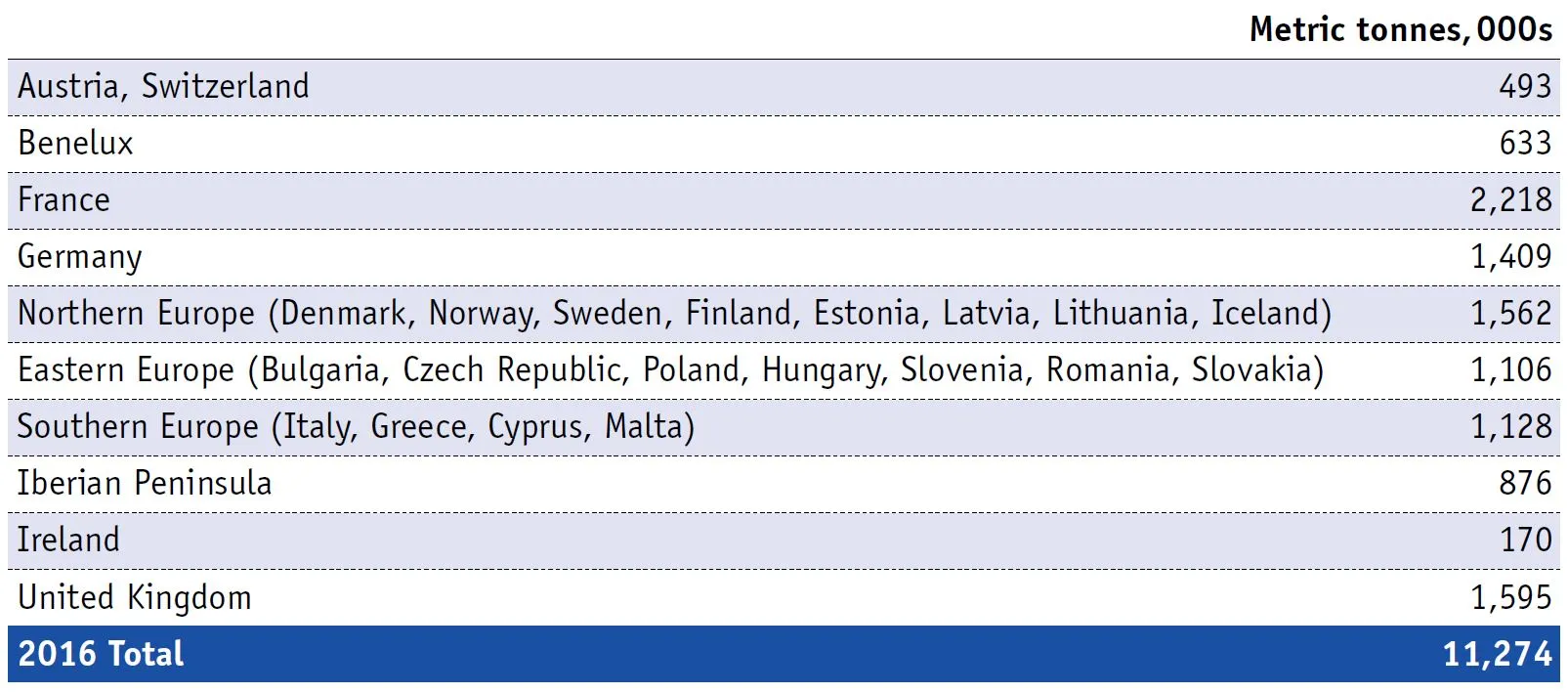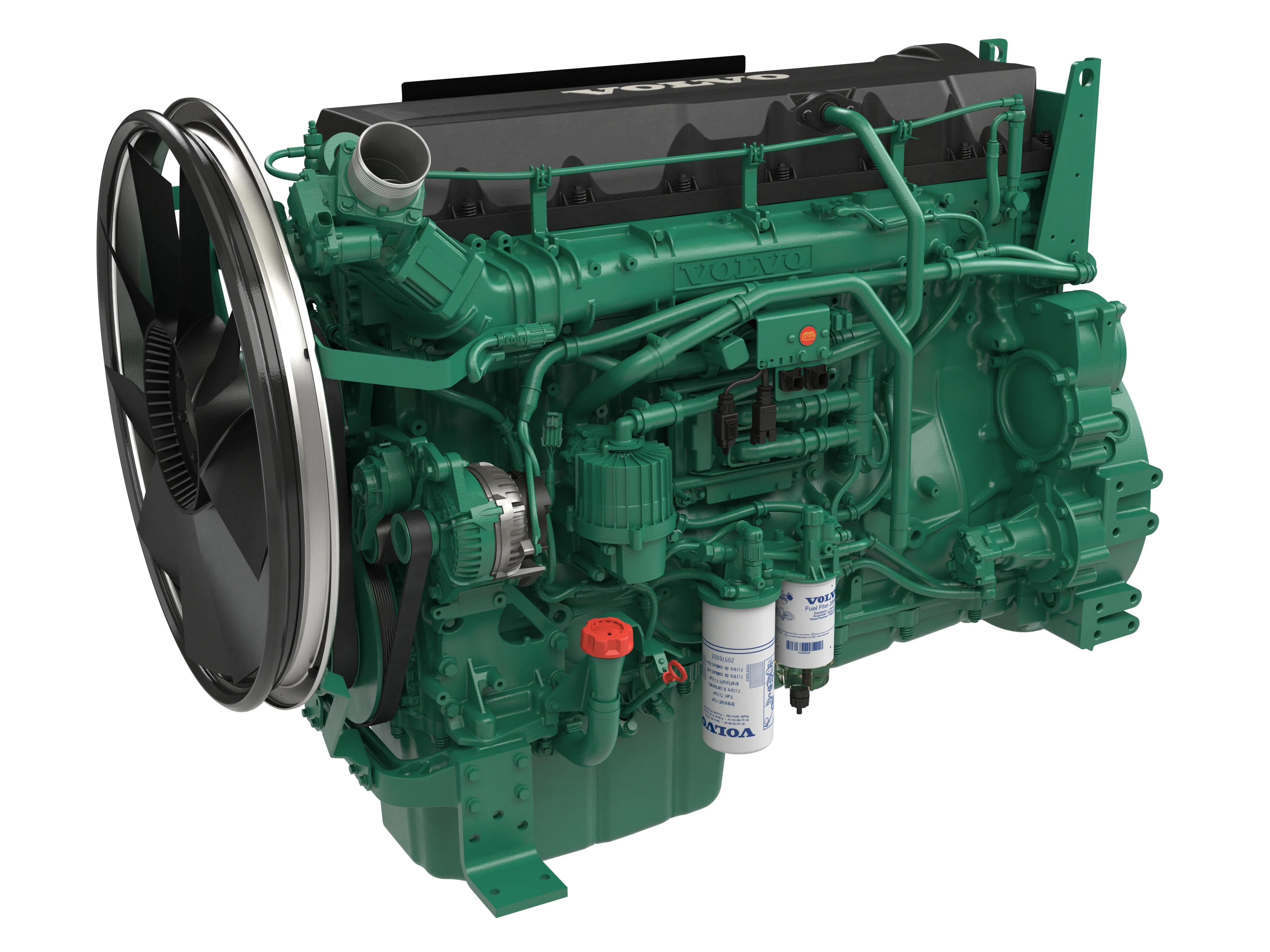
The recent 2016 Eurobitume Bitumen Consumption Statistics for Europe shows that bitumen consumption across all grades for Europe as a whole was 11,274 million tonnes in 2016.
Consumption in France increased by around 100,000 tonnes compared to 2015, reflecting a recovery in activity confirmed by the main players in the national road industry, said Aimé Xhonneux, Eurobitume director general. This is also reflected by analysis at the French Road Manufacturers Professional Association (USIRF) in their annual report.
The data is presented by country/region, where data has been made available. Eurobitume contacted all the bitumen producers in Europe and 13 responded. Consumption is reported by country where at least four suppliers have provided data. Where fewer than four suppliers
responded, country figures are grouped together.
In May, European liquid products transportation specialist Eb-trans Group joined Eurobitume as an associate member. Eb-trans was the 10th organisation to become part of the European Bitumen Association in the past 18 months. Another recent joiner, in March last year, is Antwerp Terminal and Processing Company - owner of one of the largest dedicated bitumen processing plants in Europe.
In June, the first joint Eurobitume and EAPA (
The E&E Event has been created in response to feedback from key industry stakeholders and supporters of the Eurasphalt and Eurobitume Congress. It will provide a platform to continue the momentum initiated every four years at the E&E congresses.
The main objective of the event will be to focus on the preparations needed by the asphalt industry to ensure it is fit for future purpose. Topics and issues to be explored include the economic side of the product, how to better provide communication, education and training within the sector, future environmental aspects and, finally, emerging technologies including equipment and information technology.
E&E Event 2018 Berlin
%$Linker:
Eurobitume
%$Linker:
EAPA – European Asphalt Pavement Association
%$Linker:







